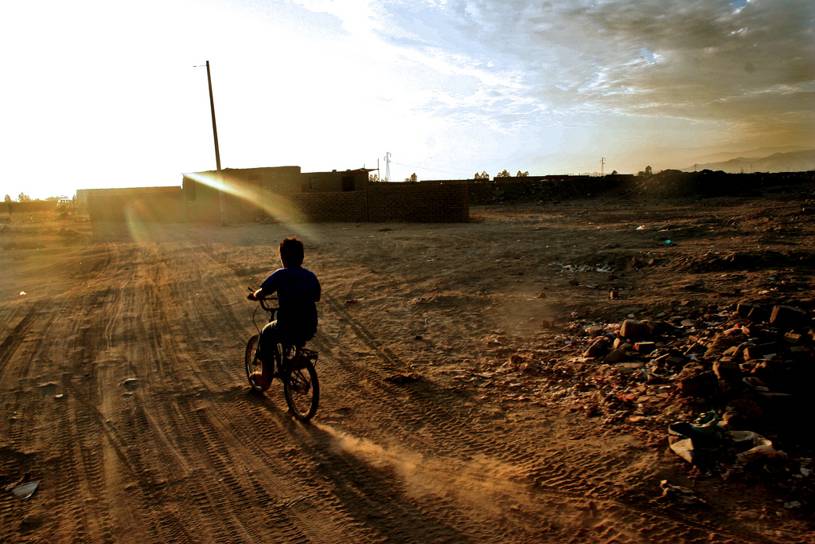
The number of people living in extreme poverty around the world is likely to fall to under 10 percent of the global population in 2015, according to World Bank projections released on October 4, 2015.. However, it also expressed concern saying that major hurdles remains in goal to end poverty by 2030.
Updates in international poverty line
The Bank uses an updated international poverty line of US $1.90 a day, which incorporates new information on differences in the cost of living across countries (the PPP exchange rates). The new line preserves the real purchasing power of the previous line (of $1.25 a day in 2005 prices) in the world’s poorest countries. Using this new line (as well as new country-level data on living standards), the World Bank projects that global poverty will have fallen from 902 million people or 12.8 per cent of the global population in 2012 to 702 million people, or 9.6 per cent of the global population, this year.
The Bank uses an updated international poverty line of US $1.90 a day, which incorporates new information on differences in the cost of living across countries (the PPP exchange rates). The new line preserves the real purchasing power of the previous line (of $1.25 a day in 2005 prices) in the world’s poorest countries.
Poverty remains concentrated in Sub-Saharan Africa and South Asia
For the last several decades, three regions, East Asia and Pacific, South Asia, and Sub-Saharan Africa, have accounted for some 95 percent of global poverty. Yet, the composition of poverty across these three regions has shifted dramatically. In 1990, East Asia accounted for half of the global poor, whereas some 15 percent lived in in Sub-Saharan Africa; by 2015 forecasts, this is almost exactly reversed: Sub-Saharan Africa accounts for half of the global poor, with some 12 percent living in East Asia. Poverty is declining in all regions but it is becoming deeper and more entrenched in countries that are either conflict ridden or overly dependent on commodity exports.
Poverty is declining in all regions but it is becoming deeper and more entrenched in countries that are either conflict ridden or overly dependent on commodity exports.
The growing concentration of global poverty in Sub-Saharan Africa is of great concern. While some African countries have seen significant successes in reducing poverty, the region as a whole lags the rest of the world in the pace of lessening poverty. Sub-Saharan poverty fell from an estimated 56 percent in 1990 to a projected 35 percent in 2015. Rapid population growth remains a key factor blunting progress in many countries—as this year’s Global Monitoring Report to be launched on October 8 shows.
In its regional forecasts for 2015, the Bank said that poverty in East Asia and the Pacific would fall to 4.1 per cent of its population, down from 7.2 per cent in 2012; Latin America and the Caribbean would fall to 5.6 per cent from 6.2 in 2012; South Asia would fall to 13.5 per cent in 2015, compared to 18.8 per cent in 2012; Sub-Saharan Africa declines to 35.2 per cent in 2015, compared to 42.6 per cent in 2012. Reliable current poverty data is not available for the Middle East and North Africa because of conflict and fragility in key countries in the region.
For the last several decades, three regions, East Asia and Pacific, South Asia, and Sub-Saharan Africa, have accounted for some 95 percent of global poverty. Yet, the composition of poverty across these three regions has shifted dramatically.
